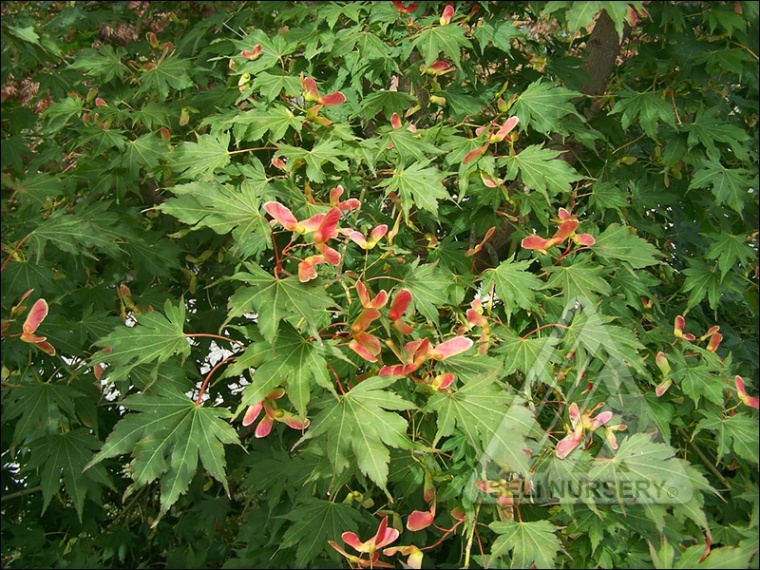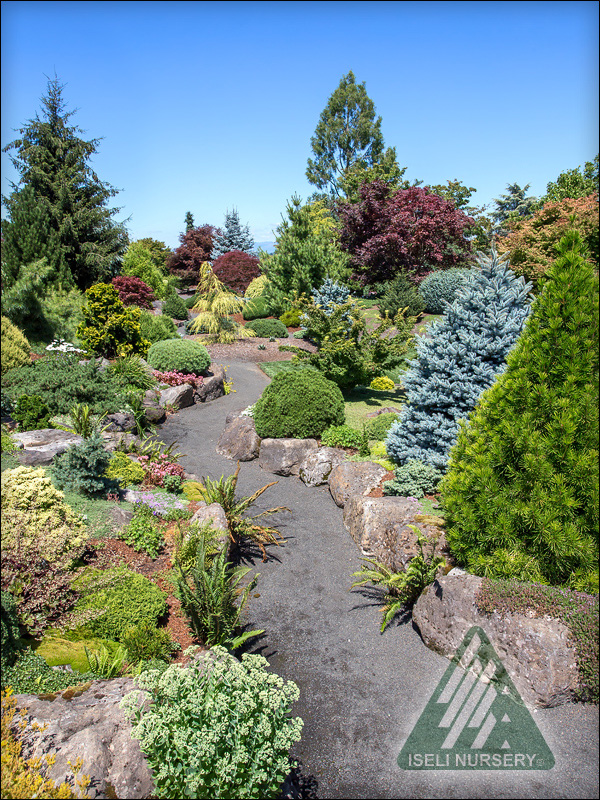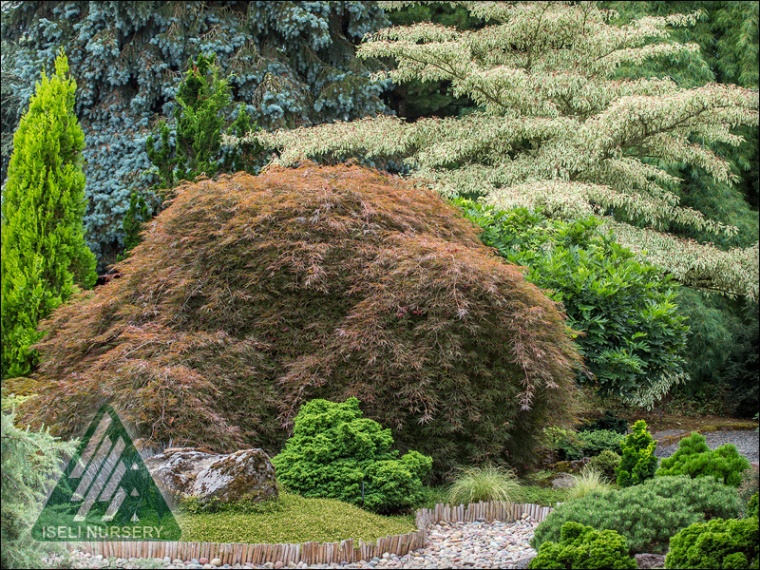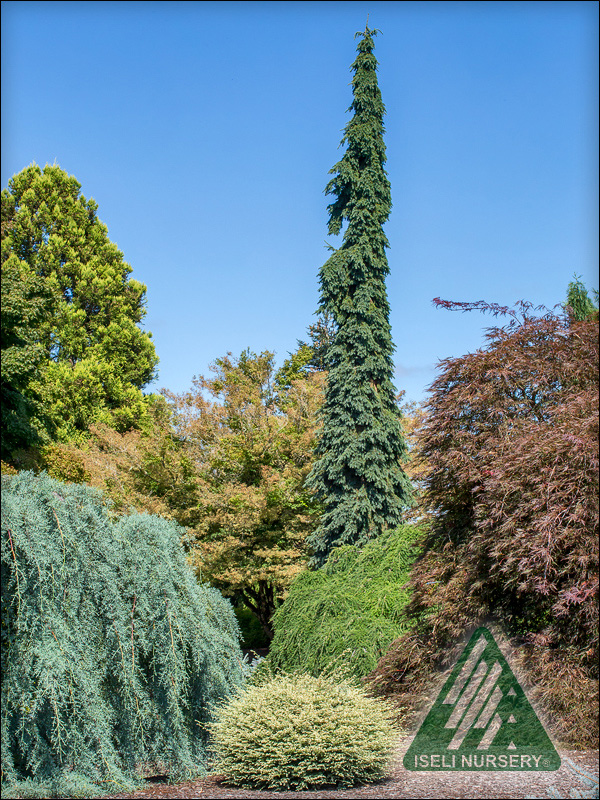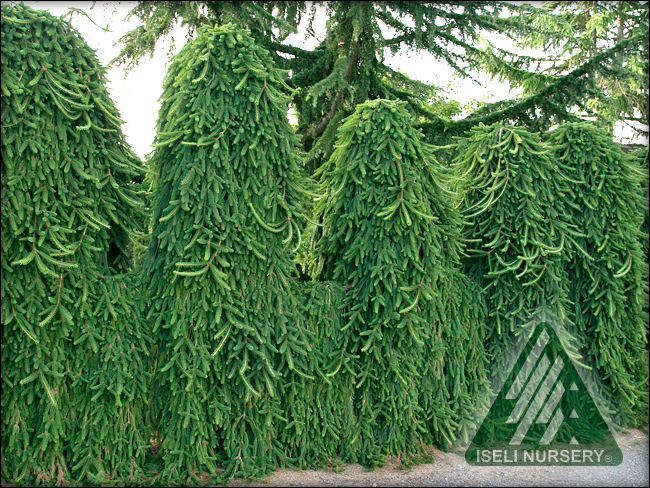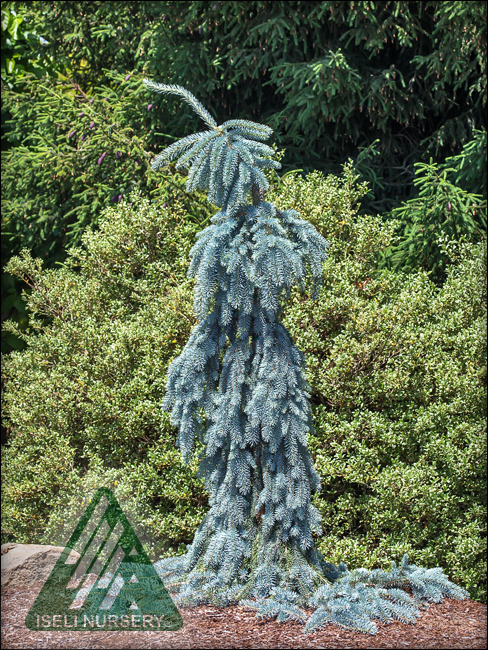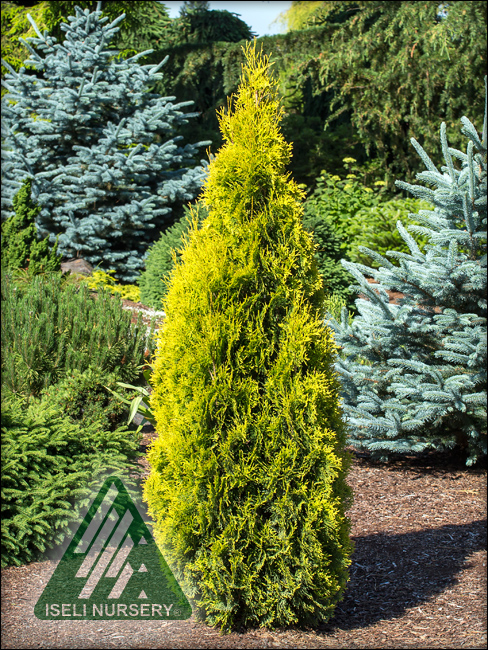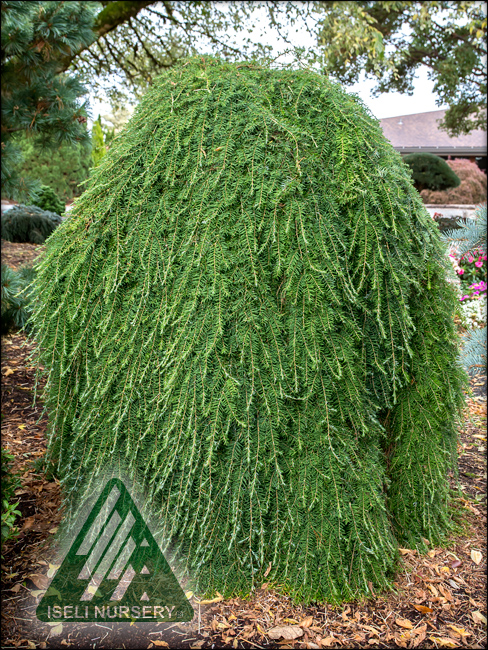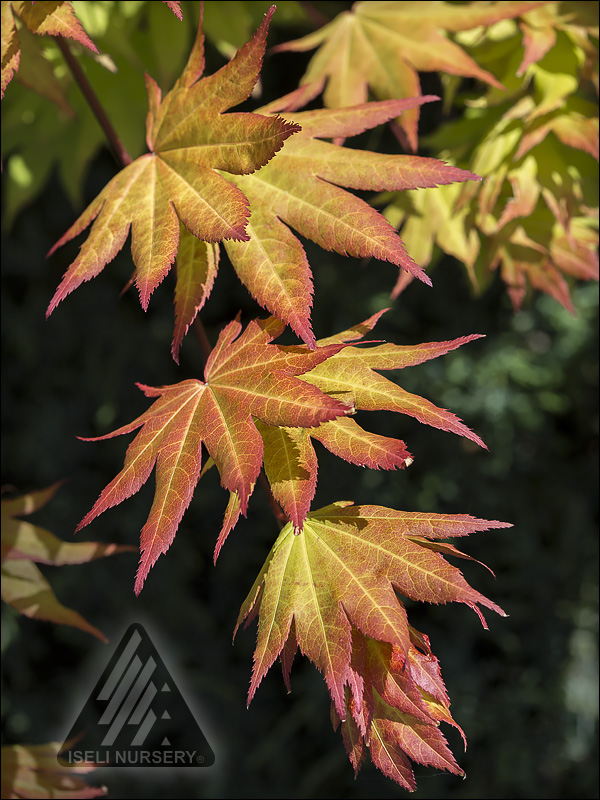First off, my apologies for my long absence. After a number of life-changing events, I believe I have returned to the place where I may resume my humble addition to the gardening world.
In my absense, I find the world of gardening has not slowed down at all and there are a great number of exciting new plants that I will want to share with you here in my blog. Of course, there are new conifers to admire and covet, as well as further additions to the hardy Jack Frost® and Pacific Rim® maples to share.
This post, I find that I am driven to present a new dwarf Hinoki Cypress that was first introduced by my friends at Iseli Nursery a few years ago. I call it “new” since it is still relatively unknown and is certainly worthy of greater attention.
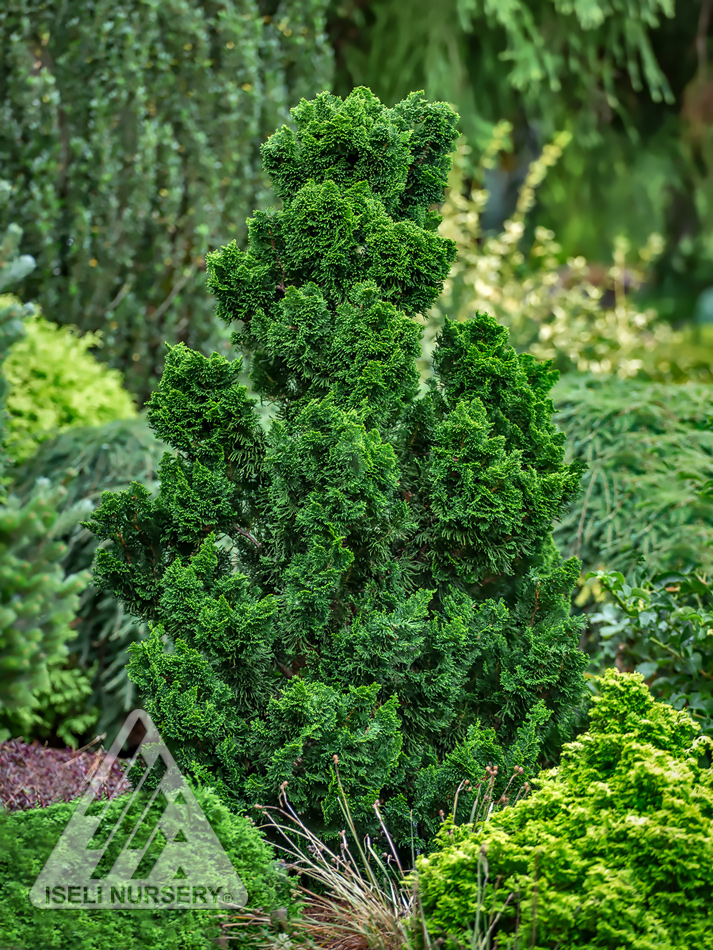
Many gardeners are familiar with the standard Hinoki Cypress (Chamaecyparis obtusa) for its rich green color and somewhat feathery or lacy foliage. It can be grown as a stately single specimen or utilized in pairs or groups for a formal garden appeal. This Japanese forest tree became popular in western gardens well over one hundred years ago and has been the parent to thousands of dwarf, colorful and very unique new cultivars. Some of my very favorite dwarf conifers have their parentage in Chamaecyparis obtusa and were selected as unusual seedling offspring or witch’s broom mutations and then propagated, creating generations of identical clones with the special characteristics of their unique parents.
Chamaecyparis obtusa ‘Thoweil’ was named by the late Ed Rezek, an east coast conifer aficionado, in honor of two Dutch plants-men, Thom Delange and Weil Linnsen, hence, “ThoWeil.”
With so many dwarf and unusual cultivars of Hinoki Cypress already in cultivation and in the trade, one may wonder why we would need another variation. This, of course, is a very valid point and something the creative minds at Iseli are always considering when they choose to produce a new plant. “What makes this one different or better than the many other selections already on the market?”
In the case of ‘Thoweil’, it fulfills a need in today’s gardens where other conifers simply do not. Many people love the look—the stately upright habit—of the standard Hinoki Cypress. It is a beautiful tree. These days, most of us simply do not have the room in our gardens to enjoy it in its peak of beauty, nor do we tend to have ancestors living in our same estate for generations to enjoy the trees that we plant (and certainly few have any idea what trees their great-grand parents may have planted – or even where they may have lived).
With ‘Thoweil’ and its slow, yet vigorous growth rate, not only may we enjoy a beautiful garden tree in our own lifetime, but we may enjoy the fact that it is scaled perfectly in our smaller, 21st century gardens. But that’s not all! ‘Thoweil’ has a growth habit that can be encouraged to grow as either a unique sculptural form, or as a formal form, with just a little directional pruning of branches when the tree is young.
Its rich, dark green, small, densely formed foliage fills out its branches covering the plant and filling in its space. Some branches may be allowed to grow outward in naturally erratic directions to bring the overall tree into a natural sculptural form. If desired, the erratic branches may be trimmed to encourage the tree into a narrow form. Either way, the tree is also a slow enough grower, that it could even be enjoyed on the deck or patio for many years in a decorative container.
At first look, the prospective gardener may think this is just another Hinoki, but when one looks beyond a first glance, one may see the beauty and real treasure that ‘Thoweil’ could be in today’s gardens.
Ed-
Conifer Lover



